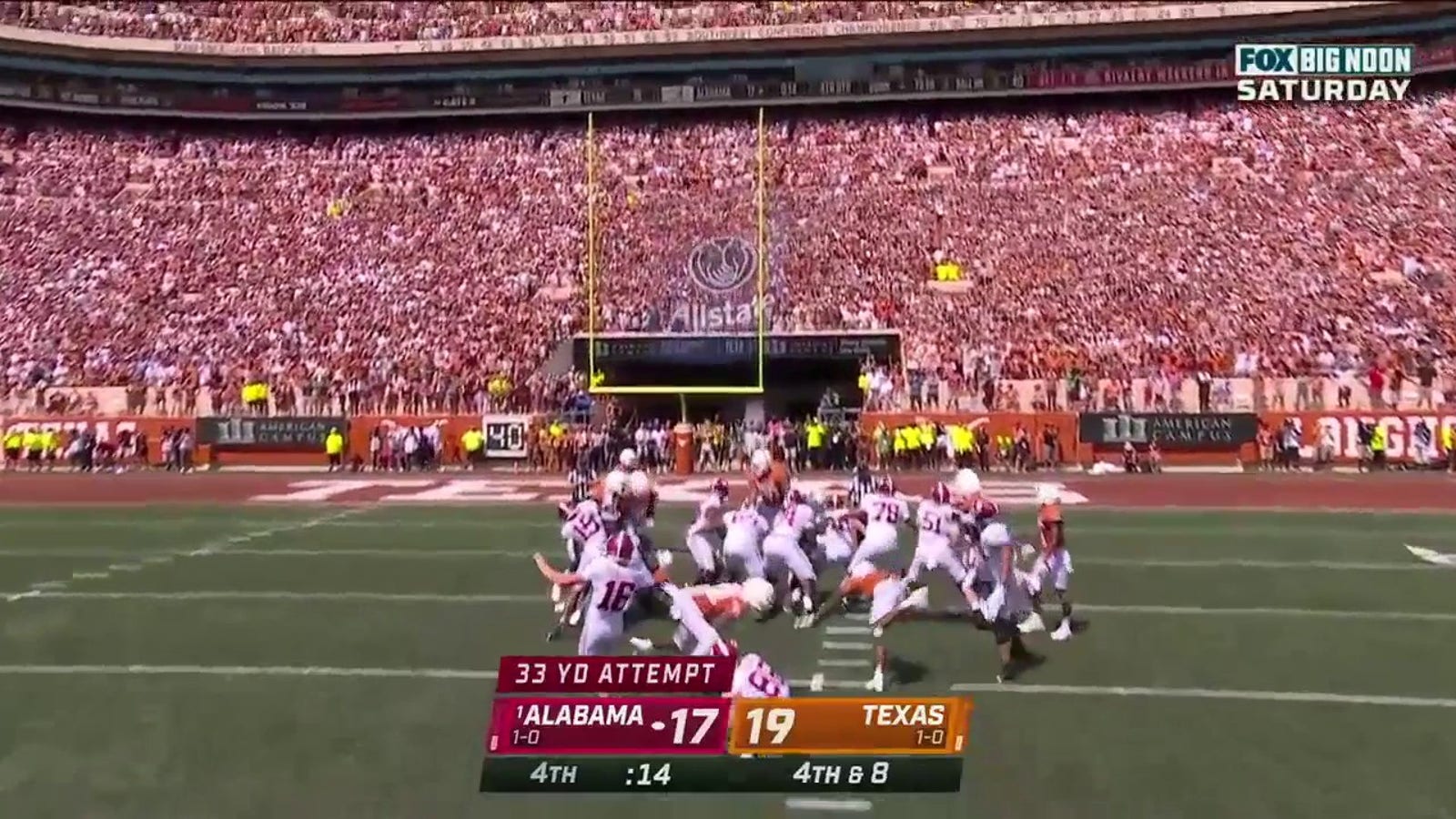
Are Nick Saban, Dabo Swinney, other pricey coaches worth it?
Less than two weeks before Alabama kicked off its 2022 college football campaign, the university’s board of trustees approved an extension to Nick Saban’s current deal that will run through February 2030 and pay him an average of $11.7 million per year.
The deal means that Saban, who has posted a 180-25 record and delivered six national titles to Alabama over a 15-year span — is once again the highest-paid coach in college football.
Saban is one of several high-profile college football coaches who received mega paydays this offseason. That list includes Georgia’s Kirby Smart (10-year, $112.5M extension), Clemson’s Dabo Swinney (10-year, $115M extension), Michigan State’s Mel Tucker (10-year, $95 million extension) and Penn State’s James Franklin (10-year, $70 million extension).
Contracts with those types of dollar numbers attached receive mixed reactions across the college athletics landscape. While many fans share their displeasure with the size of current-day coaching contracts, others applaud universities and athletic departments for going above and beyond to keep their coaches in place.
FOX Sports college football analyst Joel Klatt is a firm believer that college coaches are indeed worth the big money, stating that a head coach of a football program is "the most important hire a university can make."
Klatt explained his stance during the latest episode of his new podcast, "The Joel Klatt Show."
"The football program is, in large respect, the identity of the institution," Klatt said. "Presidents know that, chancellors know that, athletic directors know that. That identity is important to them … It’s all they have."
Klatt points to the increase in student enrollment at the University of Alabama since Saban was hired as the school’s head coach in 2007, making the argument that there is a direct correlation between the increase in student population and the program’s success on the football field.
Alabama’s student enrollment stood at 25,580 in 2007 and has since increased to 38,645 this fall, per the university. That is an enrollment record for the university, which was boosted by the largest freshman class in school history with 8,037 students.
"You ask why that is?" Klatt questioned. "It’s because kids all over the country have been watching Alabama in every single big football game for the last decade-plus.
"Why do people go to Alabama? Because Nick Saban and the Tide made it cool."
Alabama hits the game-winning field goal against Texas
Clemson University — another powerhouse program — has also seen a rapid increase in student population over the past decade-plus. When Swinney was named Clemson’s interim head coach back in 2008, the university had an enrollment of 18,317 students. Fast-forward 14 years and Clemson’s student enrollment now sits at 26,406.
Since the College Football Playoff was implemented back in 2014, Clemson and Alabama have combined to win 12 conference titles and five national championships. That success on the field is directly tied to the school’s coaching salaries. It should serve as no surprise that Swinney sits right behind Saban when it comes to the highest-paid coaches in college football.
"Yes, it’s a lot of money, but these athletic departments are a business, and a big business at that," Klatt said. "To have that guy and have the positivity surrounding your university and institution as a whole is invaluable.
"Why do you pay your coach $11 million? Because in the grand scheme, it’s a drop in the bucket when you make a cool ‘quarter bill’ annually because he made it cool to go there."
That sentiment can go both ways, as athletic programs are often forced to make difficult decisions when it comes to letting high-paid coaches go when the football team is not performing up to expectations. This was the case at Nebraska, which fired head coach Scott Frost on Sunday, one day after a 45-42 home loss to Georgia Southern.
Had the university waited another three weeks before firing Frost, the buyout amount would have dropped from $15 million to $7.5 million. Instead, Nebraska Vice Chancellor for Athletics Trev Alberts told reporters that he needed to make a change now to be fair to the players and others around the program.
"He (Alberts) had to do that in order to protect that identity," Klatt said of the school’s decision to fire Frost after three games. "(He did that) so that he can maintain the positive nature of the fan base and the alumni.
"The entire sentiment, and the entire feeling of the institution, is tied to the football program."
This goes beyond just the current student body, as school alumni and fans are all tied to the positive nature that Klatt references.
"We know as college football fans that the most important person in a football program is a head coach," Klatt said. "When you don’t have one, you fall by the wayside. When you fall by the wayside, the identity of your institution begins to fall and crumble with that.
"The football program is the glue to the entire institution. It’s the only place that everyone gets in the gear and goes to celebrate. Football is where everyone comes back. It’s where the good feelings come surrounding the university."









